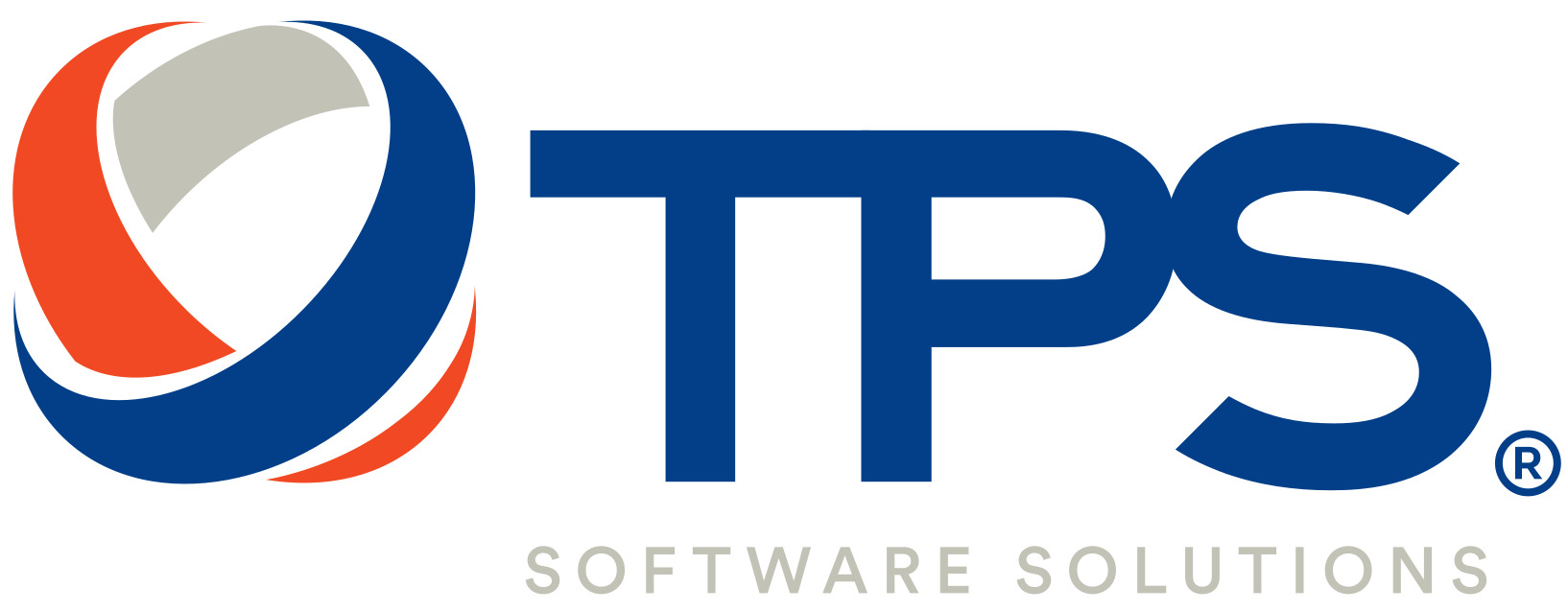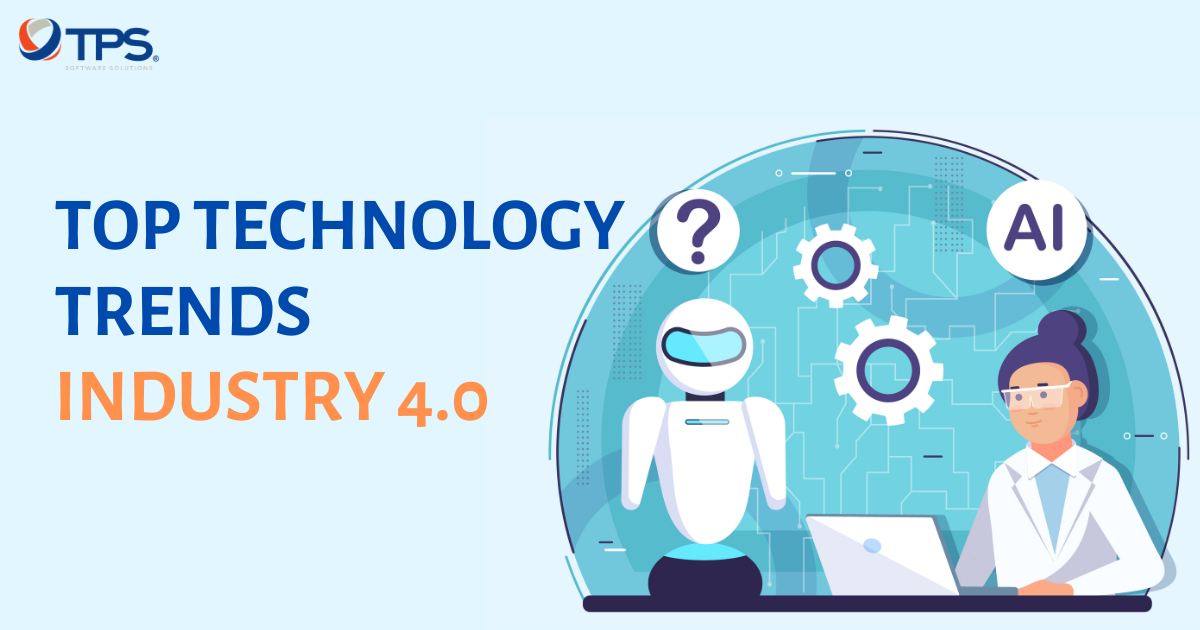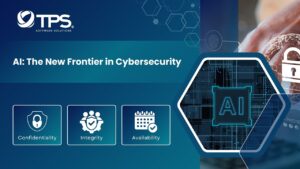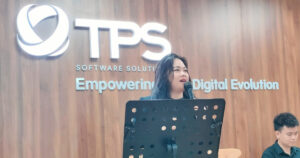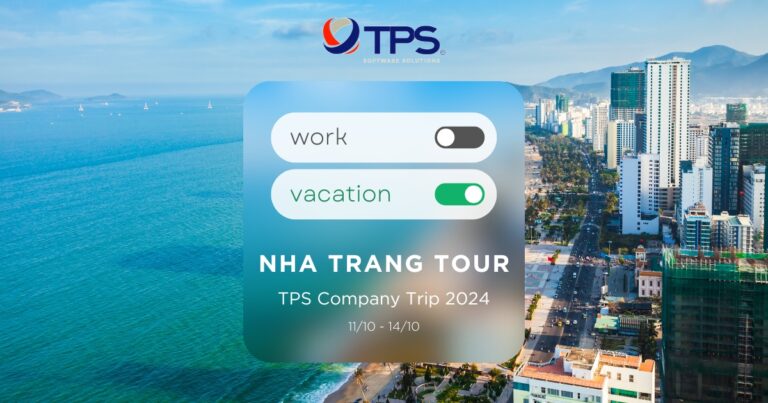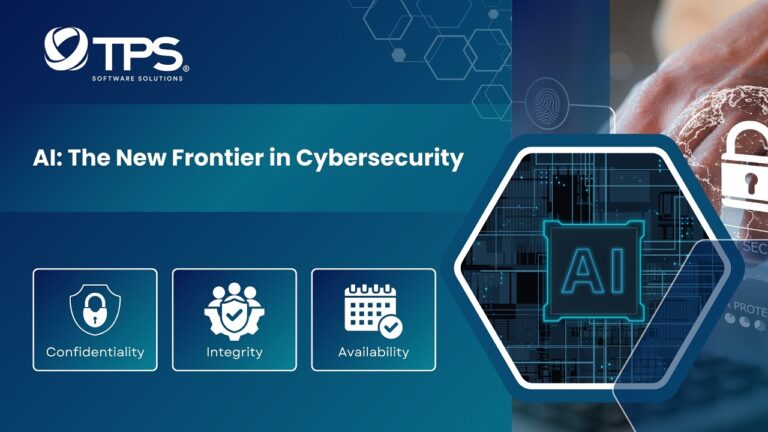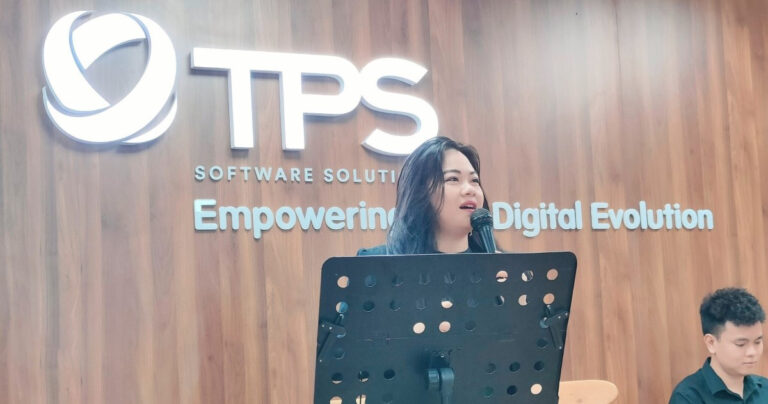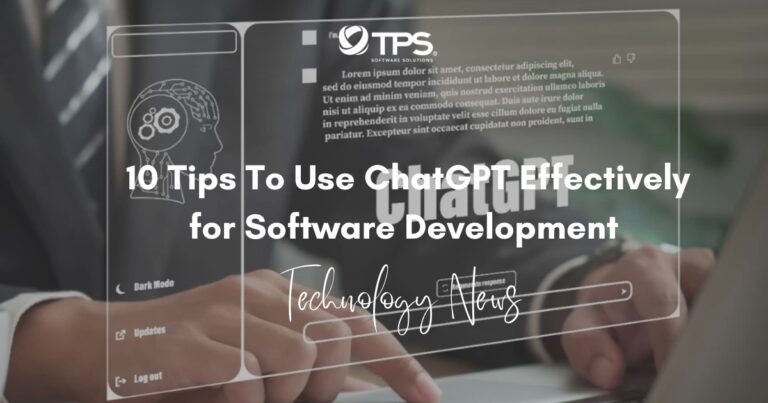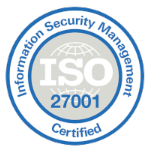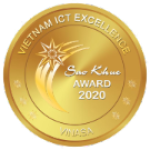We are living in the 4th Industrial Revolution when Technology has been booming more than ever. Human life is being transformed by technology, and the current global pandemic of Coronavirus has accelerated the digital transformation. The article below points out Top 10 technologies trends dominating the 4th Industrial Revolution and that will define the next decade.
(Source: Forbes Magazine)
——————————————————
1. Artificial Intelligence & Machine Learning
Artificial intelligence (AI) and machine learning refer to the ability of machines to learn and act intelligently—meaning they can make decisions, carry out tasks and even predict future outcomes based on what they learn from the data.
AI will transform our world and how we live in it. It’s already used in our everyday lives from Google searches to powering Amazon’s product recommendations and the personalized suggestions you get from Netflix and Spotify as well as in the security process for fraudulent credit card use. AI and machine learning are also the foundation of which many other technology trends are built. AI gives machines the ability to carry out a wide range of human-like processes, such as seeing (facial recognition), writing (chatbots), and speaking (Alexa). AI will infiltrate even more of our lives as the ability for machines to act intelligently gets better and better.
An example of an Artificial Intelligence application: Joy ID – AI solution for eKYC
2. The Internet of Things (IoT)
The Internet of Things (IoT) refers to the increasing number of everyday devices and objects that are connected to the internet and gather and transmit data.
While the first smart device many of us were exposed to was a smartphone, we now have smartwatches, TVs, refrigerators, and will soon have smart everything—these days, everything is getting smarter. Today there are 20 billion smart devices, but it is expected to grow to at least 200 billion connected devices soon. These smart devices are responsible for an explosion of data and are rapidly changing our world and the way we live in it. The ability of machines to connect to and share information with each other is a key part of the IoT.
3. Big Data
In simple terms, “big data” refers to the exponential explosion in the amount of data being generated in the increasingly digital age.
Our world is full of data, more than ever before. The more data you have, the easier it is to gain new insights and even predict what will happen in the future. By analyzing masses of data with intelligent algorithms, it’s possible to spot patterns and relationships that were previously unknown. And when you can understand the relationships between data points, you can better predict future outcomes and make smarter decisions about what to do next. Augmented insights that can extract insights automatically will give companies unprecedented insights from their data.
Learn more about Big Data
4. Blockchains
A blockchain or distributed ledger is, in simplistic terms, a kind of highly secure database, a way of storing information.
In today’s digital age, storing, authenticating, and protecting data presents serious challenges for many organizations. Blockchain technology, a form of open, distributed ledger, promises a practical and super secure solution to this problem. As a result, blockchain is an increasingly attractive tool for industries such as banking and insurance. It will transform how banks operate and how we keep our possessions.
5. Cloud & Edge Computing
Cloud computing means storing and processing data on other people’s computers in a data center via a network that gives companies the ability to store massive amounts of data and process it in nearly real-time. Edge computing refers to the processing of data on devices such as smartphones.
Cloud service providers such as Amazon, Google, and Microsoft allow companies to host all vital IT infrastructure in their cloud rather than within an organization’s digital walls reducing overhead costs to maintain and operate individual systems, software and data. Edge sits at the other end of the scale—rather than far away in remote data centers, edge computing happens up-close-and-personal on the frontline of business operations. Rather than send every piece of information collected by cameras, scanners, handheld terminals, or sensors to the cloud to be processed, edge devices carry out some or all of the processing themselves, at the source where the data is collected.
Explore some manage IT & services related to Cloud Technology
6. Robots & Cobots
Today’s robots can be defined as intelligent machines that can understand and respond to their environment and perform routine or complex tasks autonomously.
In this data-driven age, it’s the intelligence and ability to act autonomously that defines robots and separates them from other machines. The rise of collaborative robots, or cobots, is the latest generation of robotic systems designed to work alongside humans as robotic colleagues. Cobots enhance the work that humans do and interact safely and easily with the human workforce—extra robotic muscle in the workplace.
7. Autonomous Vehicles
An autonomous vehicle—be it a car, truck, ship, or other vehicle—is one that can sense what’s going on around it and operate without human involvement.
Every major car manufacturer is investing heavily in self-driving technology, and self-driving vehicles could change the face of our cities. They potentially will reduce pollution, drastically improve the daily commute, and more.
8. The 5G Network
5G is the fifth generation of cellular network technology, which, together with other network innovations, will give us much faster and more stable wireless networking, as well as the ability to connect more and more devices and enabling richer, more varied streams of data.
Networking technology is the backbone of our online society and a smarter world. As bandwidth and coverage have increased, more has become possible from email to web browsing, location-based services, and streaming video and games. We send a constant stream of real-time data back and forth between ourselves, the apps and devices we use, and the cloud services which power them. The 5G network will give us not only greater speeds but will also be able to cope with connecting far more devices within a geographical area.
——————————————————
TPS Software offers Software & IT Consulting based on our years of experience in the software industry and our inventive technology research projects experimented by the in-house R&D department. Our well-versed engineers are delving into all the latest technologies and attempting to transform them into applicable solutions for business.
